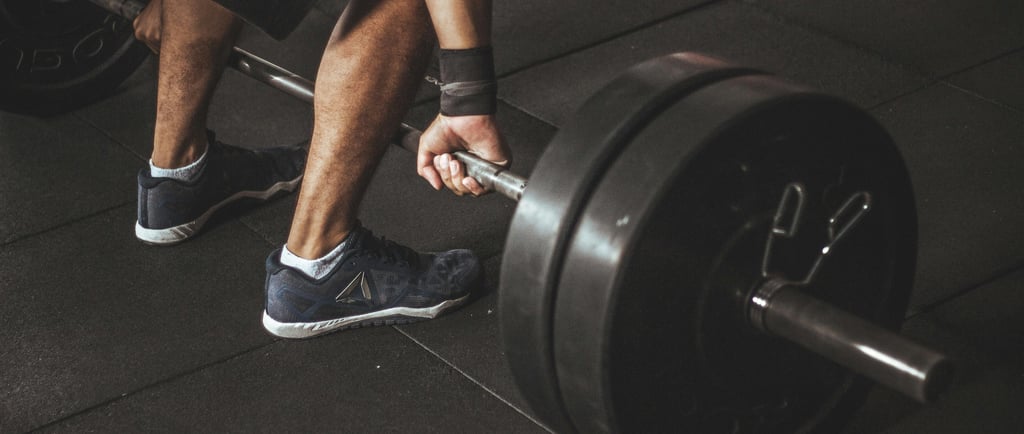OUT NOW: 8 WEEK TRANSFORMATION PROGRAM
Progressive Overload: The Key to Muscle Growth and Strength
Progressive overload is one of the most important principles in fitness and strength training.
WORKOUTS
1/31/20252 min read


Progressive overload is one of the most important principles in fitness and strength training. The concept involves gradually exposing your muscles to increasing stress, leading to muscle growth, strength gains, and improved performance. This principle forms the foundation of almost every effective training program, and science supports its importance. But what exactly is progressive overload, and how do you apply it to your training?
What is Progressive Overload?
Progressive overload simply means continuously challenging your muscles beyond what they are accustomed to. This can be achieved in several ways:
Lifting more weight: Gradually increase the weight of your exercises.
Performing more repetitions or sets: If you can’t immediately increase the weight, try adding extra repetitions or sets.
Increasing training frequency: Train a muscle group more often during the week.
Enhancing training intensity: Reduce rest periods, slow down movements, or perform more explosive reps.
This principle is crucial because the body adapts to the stress you place on it. Without this progressive challenge, your muscles will remain at the same level with little to no growth or improvement.
The Benefits of Progressive Overload
1. Muscle Growth (Hypertrophy)
One of the biggest benefits of progressive overload is muscle growth. Studies show that mechanical tension, metabolic stress, and muscle damage are key factors in muscle hypertrophy (Schoenfeld, 2010). By systematically increasing the load, you create an optimal environment for muscle development.
2. Increased Strength
Regularly challenging your muscles with heavier weights leads to increased muscle strength. Research indicates that strength training with progressive overload results in significant improvements in muscle strength and neuromuscular adaptations (Rhea et al., 2003). This is especially important for athletes and individuals looking to enhance their functional strength.
3. Improved Bone Health
In addition to muscles, your bones also benefit from progressive overload. Weight training with increasing resistance enhances bone density, helping to prevent osteoporosis (Kelley et al., 2001). This makes it an effective strategy for people of all ages, especially older adults.
4. Greater Endurance
While progressive overload is often associated with strength and hypertrophy, it can also improve muscle endurance. By increasing repetitions or sets, your muscles become more efficient at sustaining prolonged efforts.
5. Mental and Physical Resilience
Each workout where you become a little stronger or better than the last builds not only your body but also your mental toughness. It motivates you to set goals and develop discipline, which can translate into other areas of life.
How to Apply Progressive Overload?
To apply this principle effectively, you need a plan. Here are some practical tips:
Track your progress: Record your weights, sets, and reps to monitor improvements.
Be consistent: Progressive overload only works if you train regularly and challenge yourself.
Listen to your body: Avoid overtraining by incorporating sufficient rest and recovery.
Use different methods: Variation helps break through plateaus and prevent injuries.
Progressive overload is a proven strategy to become stronger, build muscle, and enhance your overall fitness level. Whether you’re a beginner or an experienced lifter, systematically increasing the challenge in your training is essential for progress. By applying it intelligently and consistently, you ensure continuous improvement in achieving your fitness goals.
Want to learn more about training principles and how to apply them optimally? Follow our blog for the latest insights and practical tips!
